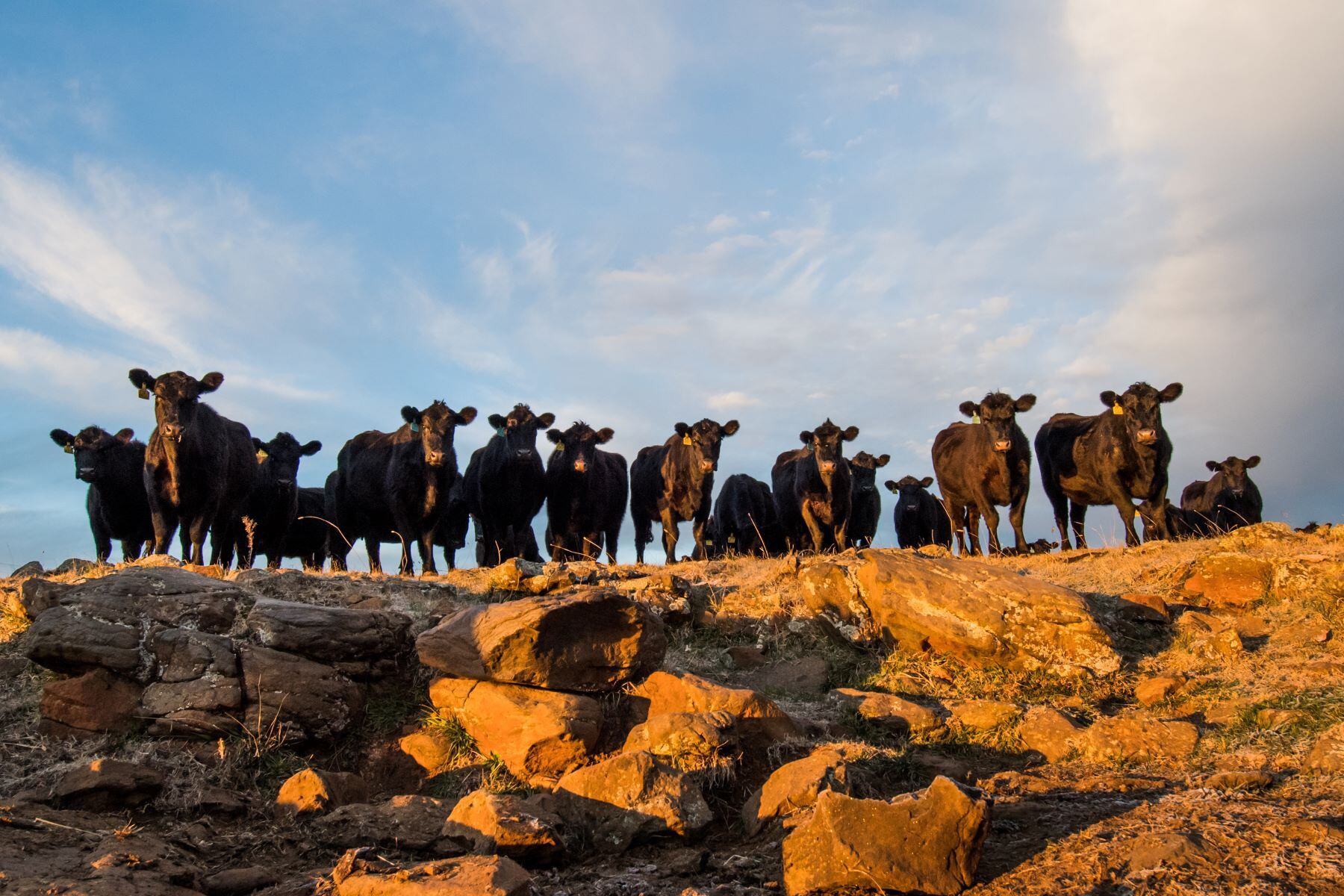The Australian Beef Market in 2025: An Absolute Cracker
In this column in July, the StoneX H2 2025 Australian Cattle & Beef Market Outlook’s bold calls were analysed and assessed for what the final 6...

Commodity prices, production and exports have broadly lifted in the first half of the year, with beef the standout performer in Rural Bank’s Australian agriculture mid-year outlook 2024, released on Tuesday.
With an overall outlook favourable for the second half of the year, despite some variability across sectors, some cost-of-living relief is also expected to reach beyond the farm gate.
Andrew Smith, Rural Bank Head of Agribusiness Development, said beef was a highlight for Australian agriculture broadly.
“Australian beef exports to the US for the year to date were up 85% on last year,” Mr Smith said.
“Elevated export demand from the US – which has seen its lowest herd since 1951 – and key Asian markets is providing stability in beef prices and opportunities for continued export growth moving forward,” he said.
Global freight rates remain elevated and are forecast to persist due to tight vessel supply and strong global demand, but the outlook showed a low Australian dollar had provided support for export markets and had expanded trade access into target markets.
“Exports have been very promising, with India’s recent removal of tariffs on Australian chickpea imports until March 2025. Strong pricing signals are expected to see chickpea growers increase planted area by 80 per cent to 730 thousand hectares - 24 per cent above the 10-year average,” Mr Smith said.
While dry weather persisted across Western and South Australia, with challenging winter crop planting conditions and pasture growth also impacted, the east coast reported much more favourable soil moisture conditions.
“Australian winter crop production should increase 9% to 51.3 million tonnes in 2024-25, with increased production forecast to be met with strong domestic and export demand,” Mr Smith said.
“Further price rises are expected for lamb, adding to gains in the first half of the year.
“Strong demand from both domestic and export consumers is expected to provide support for increased prices amidst a high supply environment.”
Mr Smith said farm input costs were reported to be easing, despite remaining above long-term averages.
“Fertiliser and diesel prices will sit lower than the second half of 2023, with water set to remain affordable, too,” he said.
“A rising unemployment rate is also expected to result in greater seasonal labour availability, particularly in Q4, giving Australian farmers a bit of fixed price relief, all round.”
.jpg)
In this column in July, the StoneX H2 2025 Australian Cattle & Beef Market Outlook’s bold calls were analysed and assessed for what the final 6...
.png)
Each December we save the last article of the year for a bit of a crystal ball gaze, as we try to bring together market fundamentals and work out...
.png)
Australia’s wool market posted another strong performance this week, with all micron categories attracting solid support across the three selling...